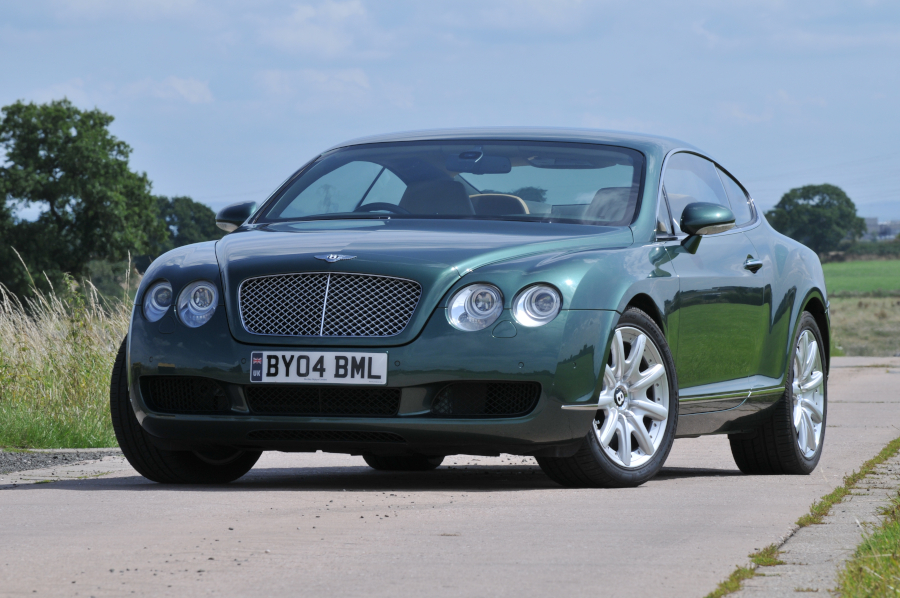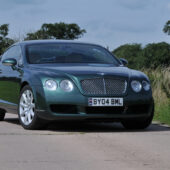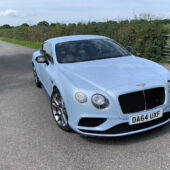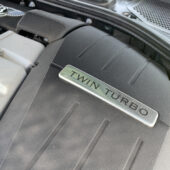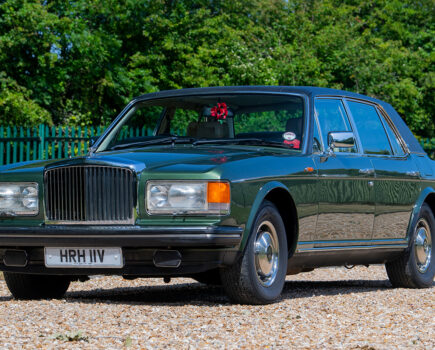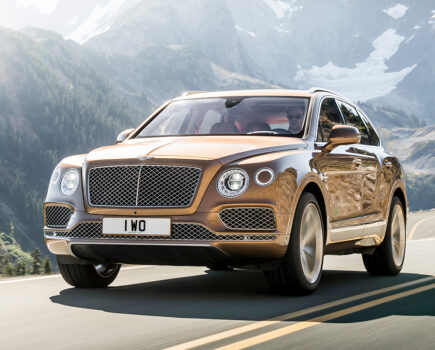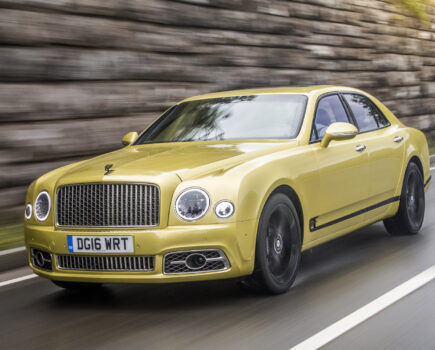We chart the life and times of the first all-new Bentley of the Volkswagen era
Words: Paul Wager
The modern history of Bentley is convoluted to say the least, with the BMW/VW dispute over naming rights leaving both parties scrambling to create a model range for the newly separated Bentley and Rolls-Royce brands.
In the case of Bentley, new owner Volkswagen hastily re-engineered the formerly BMW-powered Arnage to take the old V8 engine, while behind the scenes an all-new car was in development.
A tight timetable made this a potentially mammoth task, but usefully a development short-cut was on hand in the shape of what had previously been regarded as VW boss Ferdinand Piech’s greatest folly: the Volkswagen Phaeton.
Looking for all the world like a mega-Passat, the anonymous Phaeton housed the pinnacle of Volkswagen Group technology of the early 2000s including a W12 engine, all-wheel drive and air suspension as well as trick features like a ventilation system Piech himself had demanded be capable of maintaining an interior temperature of 22°C while travelling at 186mph in 50-degree heat.
The platform of the Phaeton together with its running gear, formed the basis of the first all-new Bentley under German ownership. Clothed in an elegant feline coupe body penned by Dirk van Braeckel and with two turbochargers strapped to the W12 engine, the result was a 550bhp blunderbuss which certainly kept the spirit of the old Turbo R alive with outrageous performance including a 198mph top speed and sprinting to 62mph in just 4.8 seconds despite its 2.5-tonne weight.
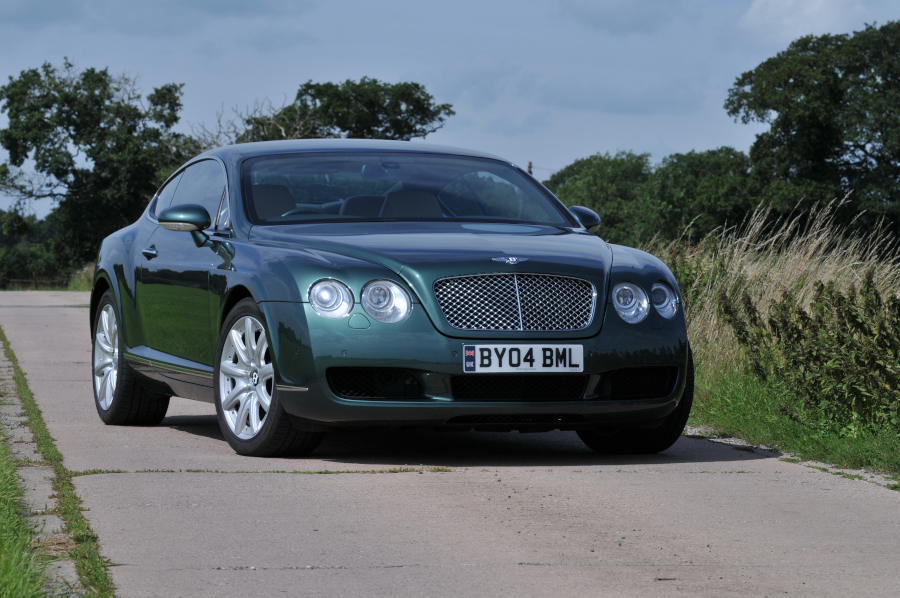
Launched in March 2003, the new car was called simply Continental GT and was available in just one version with the W12 engine and a six-speed ZF torque converter automatic although the colour and trim personalisation options were extensive.
Optimistically, paddle shifters were offered as standard – awkwardly fixed to the column rather than turning with the wheel – but the slow-shifting automatic box in practice rendered them rather redundant.

The Mulliner Driving Specification was added as an option in late 2004 for the 2005 model year, offering diamond quilted leather with embossed Bentley headrest logos, chromed pedals and shift lever, dark walnut or piano black veneers plus 20-inch wheels.
In September 2005 the convertible GTC was announced, going on sale in 2006 with a roof assembly engineered by Karmann – which by then had become a Volkswagen Group subsidiary. Mechanically it was identical to the coupe, although it carried a 100kg weight penalty.
The four-door Continental Flying Spur was announced in March 2005, featuring a 320mm stretch to the wheelbase but otherwise mechanically identical to the rest of the Continental range.
For the 2006 model year, the Continental was subtly but significantly revised, particularly in the engine bay where the W12 was revised to offer increased parts commonality with the Audi and VW versions of the engine and the boost control pipework was relocated to avoid expensive engine-out repairs.
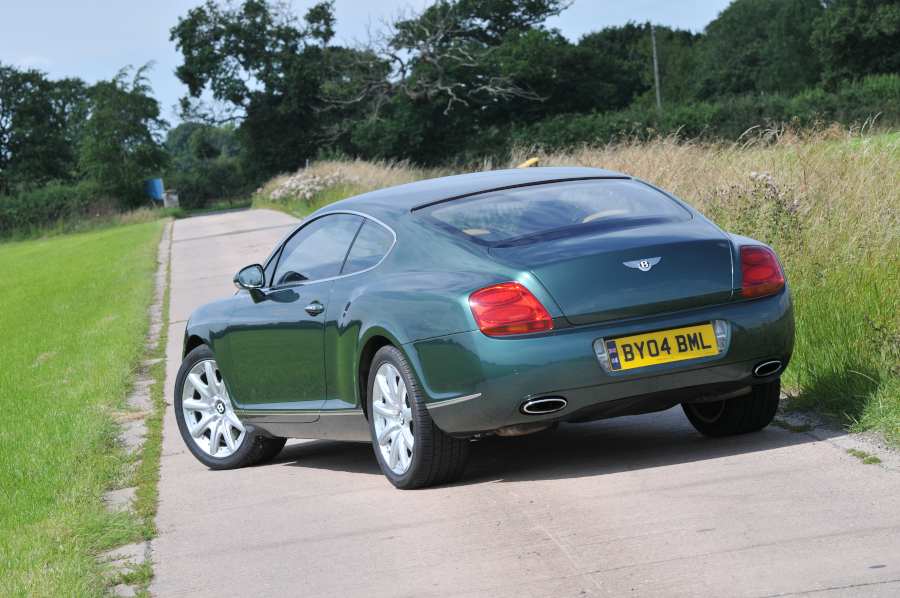
In 2008 a minor facelift saw the front grille became more upright, while the lower intakes were reshaped.
In September 2007, the GT Speed and GTC Speed models were unveiled, identified by dark chrome front grilles and featuring a power boost to 600bhp, lowered and uprated suspension and 20-inch wheels.
In February 2009, the wick was turned up to 621bhp for the limited-edition Supersports which also nudged the top speed over the 200mph mark. Perhaps the biggest change though was the adoption of ZF’s ‘Quickshift’ technology which dramatically improved the behaviour of the six-speed automatic, halving shift times and allowing double downshifts. The Supersports also featured carbon brake discs, an automatic rear spoiler which popped up at 50mph and just two carbon-framed seats, the rears replaced by a carbon strut brace and the weight saving adding up to 110kg.
Visually, the Supersports could be identified by a new front bumper with vertical lower intakes, plus a new rear bumper with oval exhaust tips and extended spoiler lip, plus flared arches to cover the 50mm wider rear track.
The Supersports formula was extended to the convertible in 2010 when a GTC Supersports was unveiled at the Geneva Show.
At the 2010 Paris show, a second generation of the Continental was announced but in reality it was an extensive facelift of the original, with the outer panels and the cabin restyled but the running gear remaining largely unchanged, including the twin-turbo W12 engine.
The big news came in 2012 with the announcement of a V8 engine option, described as the first all-new Bentley V8 since the L-Series engine first appeared in the mid ’50s but in reality a derivative of the Volkswagen Group’s EA824 unit also found in various high-end Audis as well as the Porsche Panamera.
Like the W12, the 4-litre V8 engine was twin turbocharged and although at 500bhp it was initially less powerful than the W12 it was usefully lighter and its more sporting nature changed the character of the Continental noticeably. Paired with an eight-speed automatic transmission, it also offered a 40% uplift in fuel economy compared to the W12.

In 2014, the power deficit was made up when the V8 S was announced, with power raised to 521bhp and the gearbox remapped to provide a more sporting demeanour. The V8 S also sat 10mm lower and featured revised spring and damping rates and reprogrammed stability control, while a sports exhaust was optionally available.
The V8 S could be identified by the revised front splitter, sill extensions, rear diffuser and grille in gloss black, with red painted calipers visible through the 20-inch wheels.
In March 2014, the Speed returned for a second outing, this time boasting 616bhp from the W12 engine and sitting on uprated suspension, 21-inch wheels and with the Mulliner specification as standard.
In 2015, the GT received a minor facelift, gaining a revised front bumper with smaller grille aperture, plus front wings incorporating a vent with a ‘B’ emblem and a restyled rear end with redesigned bootlid and wider bumper plus new wheel designs.
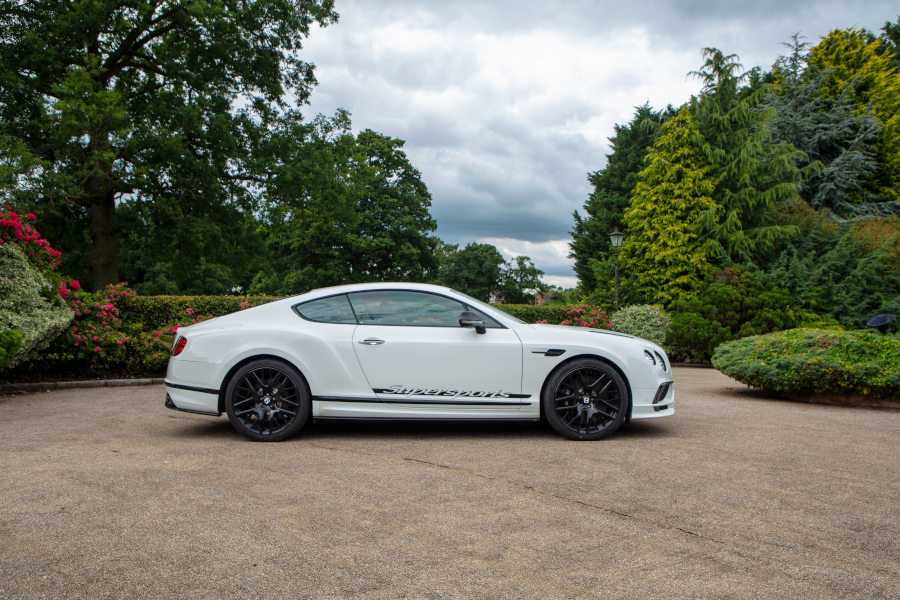
A swansong for the original Continental came in 2017 with the return of the Supersports in both coupe and convertible form, this time boasting a thundering 700bhp courtesy of revised turbos and eight-speed box with a modified torque converter locking up.
Carbon brakes and 21-inch wheels (offering a 20kg weight saving) were standard alongside a stiffened suspension and recalibrated stability system, with a titanium exhaust system on the options list. The Supersports also gained an electronic torque vectoring system able to dynamically adjust the front-rear power split according to available traction.
Carbon fibre splitters, bonnet vents and sill extensions were standard, with exhaust tips and wing vents in gloss black and chequered Supersports carbon fibre dash trims as an option.
Just 710 examples were produced, to signify its 710PS metric horsepower output and Bentley trumpeted it as “the world’s fastest four-seat car” which wasn’t a bad way to go out.
A third generation of Continental was announced in 2018, which was an all-new development using the platform shared with the Porsche Panamera and it’s here that the story of the original Continental ends.

